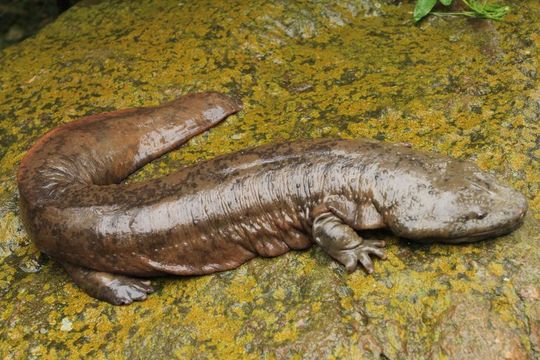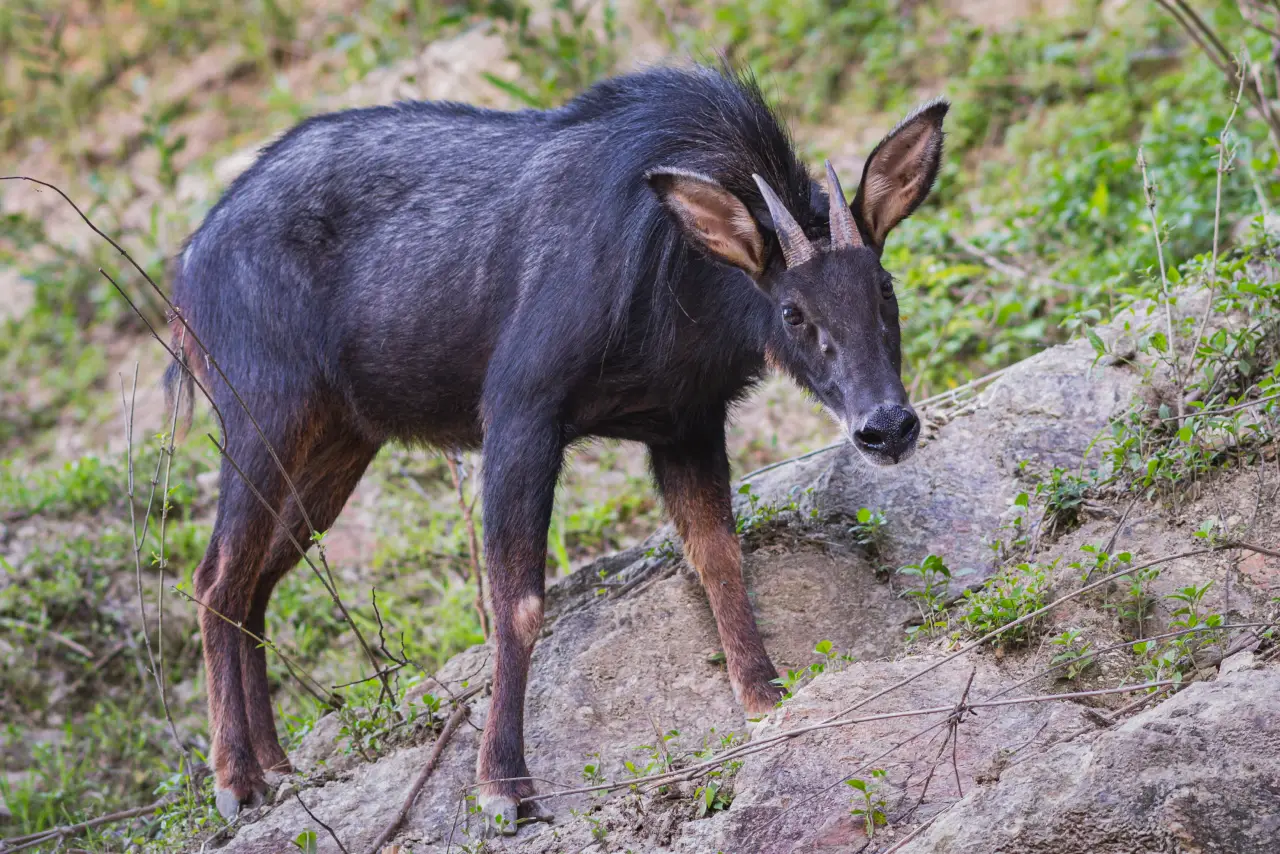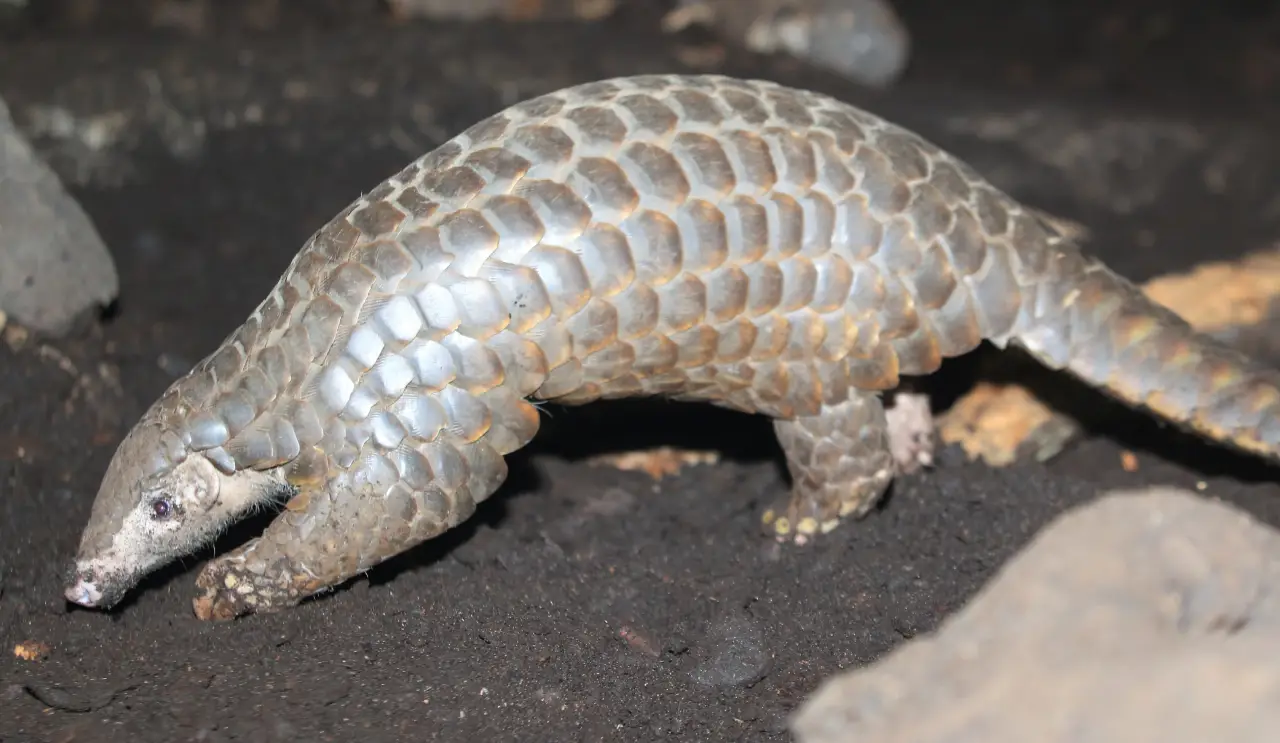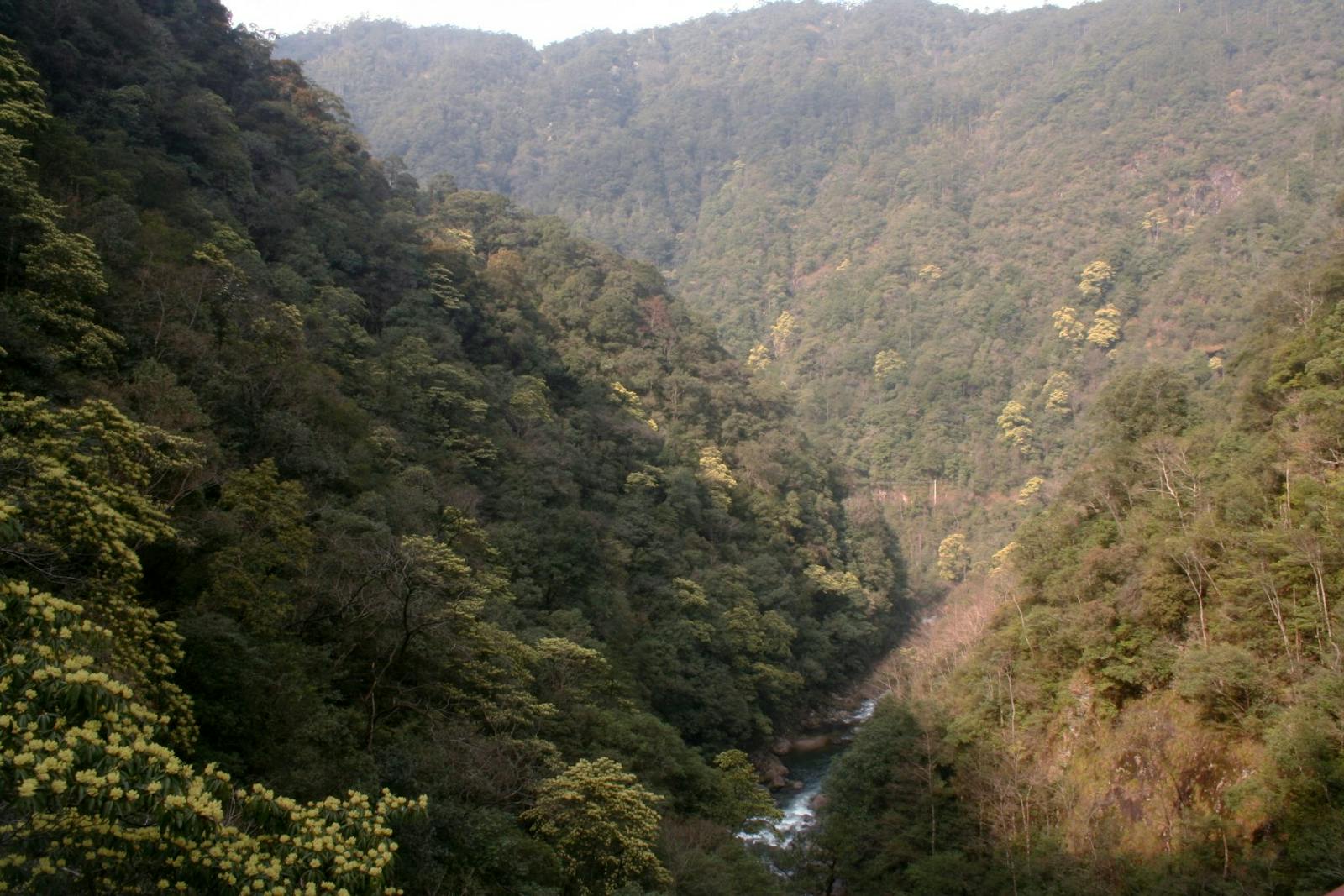Jian Nan Subtropical Evergreen Forests
The ecoregion’s land area is provided in units of 1,000 hectares. The conservation target is the Global Safety Net (GSN1) area for the given ecoregion. The protection level indicates the percentage of the GSN goal that is currently protected on a scale of 0-10. N/A means data is not available at this time.
Bioregion: South China Subtropical Evergreen & Monsoon Forests (IM13)
Realm: Indomalaya
Ecoregion Size (1000 ha):
66,504
Ecoregion ID:
236
Conservation Target:
30%
Protection Level:
2
States: China
The Jian Nan Subtropical Evergreen Forests ecoregion covers the Nan Ling mountain range, a wide divide that separates the southern Zhujiang River basin from the northern Yangtze Valley. The mountain range also defines a climatic divide, sheltering southern China from the cold continental winds from the north. These are also the forests that were the source of many of the famous Chinese fruit trees, such as citrus, lychee, longan, and even tea.
The geologic origins of the mountains trace back to Mesozoic-era activity over 65 million years ago that resulted in a folding along the east-west axis, followed by one along a southwest-to-northeast axis, adding to the topographic complexity. The mountains are not tall, seldom reaching 1,500 m, and lacking a sharply defined range. Geologically, they are composed of granites and metamorphosed ancient sedimentary rocks, with some red sandstone from the Cretaceous period about 145 to 2.6 million years ago. Limestone karst occurs in some areas, eroded into jagged, steep karst pinnacles.

The flagship species of the Jian Nan Subtropical Evergreen Forests ecoregion is the Chinese giant salamander
The climate is mild, with 1,500 to 2,000 mm of annual summer monsoonal rainfall. Summer temperatures average about 28°C, while winter temperatures decrease to about 12°C. Typhoons batter the area with very strong winds during the summer and autumn.
The forests are dominated by species of chestnut and oaks, especially Quercus and Cyclobalanopsis, mixed with Schima, Camellia, and species of Lauraceae, such as Phoebe, Persea, and Cinnamomum. Limestone forests are dominated by Cyclobalanopsis glauca, Cinnamomum calcarea, Ulmus parvifolia, Bridelia fordii, and Celtis species. The subtropical conifers Cathaya argyrophylla, Amentotaxus argotaenia, and Cephalotaxus oliveri grow on the narrow mountain slopes. Species such as Eberhardtia aurata, Hopea chinensis, and Saraca chinensis are common to both limestone and sandstone substrates. Clumps of bamboos grow in disturbed areas.

Chinese serow
Some mammals of conservation importance include the critically endangered white-headed leaf monkey, whose population is down to about 700 to 800 individuals in the wild. This monkey is more terrestrial than arboreal, which may be an adaptation to living in the sparsely vegetated and highly dissected karst limestone areas. The endangered Francois’ leaf monkey, critically endangered Chinese pangolin and near-threatened Chinese serow also require conservation attention.
The endemic Cabot’s tragopan lives in the subtropical evergreen broadleaved forests and is closely associated with Daphniphyllum macropodum, for which it uses to roost and as a food source. The critically endangered Chinese giant salamander, at a meter in length, is considered to be the largest amphibian species. It lives in the clear, cold mountain streams that flow through intact forests. Its populations have declined drastically due to collection and habitat loss.

Chinese pangolin
Except for a few patches in relatively inaccessible, unproductive karst limestone, most natural forests have been converted or degraded, and the native vegetation extirpated. The lowlands have been especially vulnerable to conversion for rice paddies. Hunting and collection of rare species are widespread. Over 37,000 km2 of forests are within protected areas, but these represent a mere 6% of this large ecoregion and are clustered in the southwest part of the ecoregion.
Thus, the recommended priority conservation actions are to 1) create additional protected areas for better representation and ecological connectivity; 2) ensure better management of protected areas and engage local communities as conservation stewards; and 3) implement conservation and population recovery programs for the threatened species.
Citations
1. China National Biodiversity Conservation Strategy and Action Plan (2011-2030). https://www.cbd.int/doc/world/cn/cn-nbsap-v2-en.pdf accessed 13 March 2018
2. Zhaoran, X., 1995. A study of the vegetation and floristic affinity of the limestone forests in southern and southwestern China. Annals of the Missouri Botanical Garden, pp.570-580.
3. Zhou, T., Chen, B.M., Liu, G., Huang, F.F., Liu, J.G., Liao, W.B., Wang, Y.Y., Ren, S.J., Chen, C.Q. and Peng, S.L., 2015. Biodiversity of Jinggangshan Mountain: the importance of topography and geographical location in supporting higher biodiversity. PloS one, 10(3), p.e0120208.



